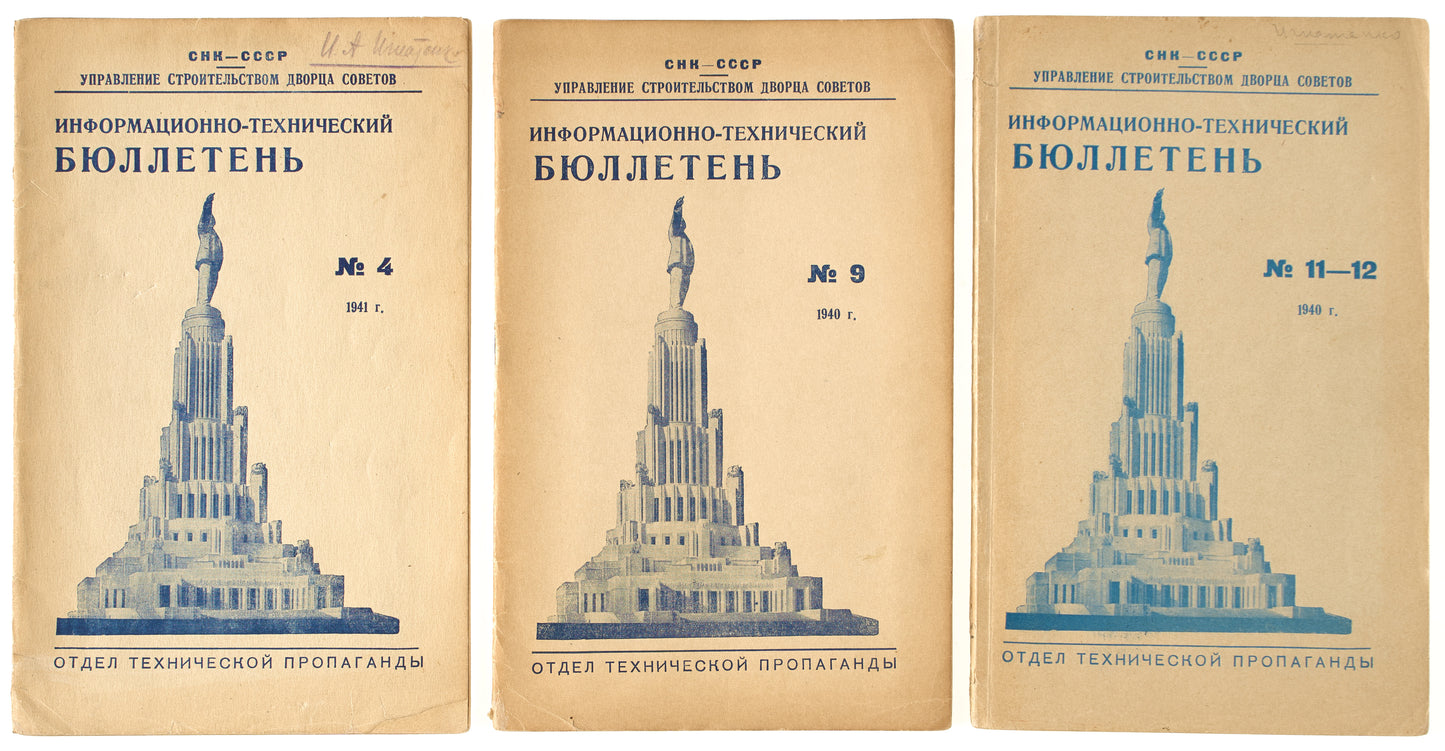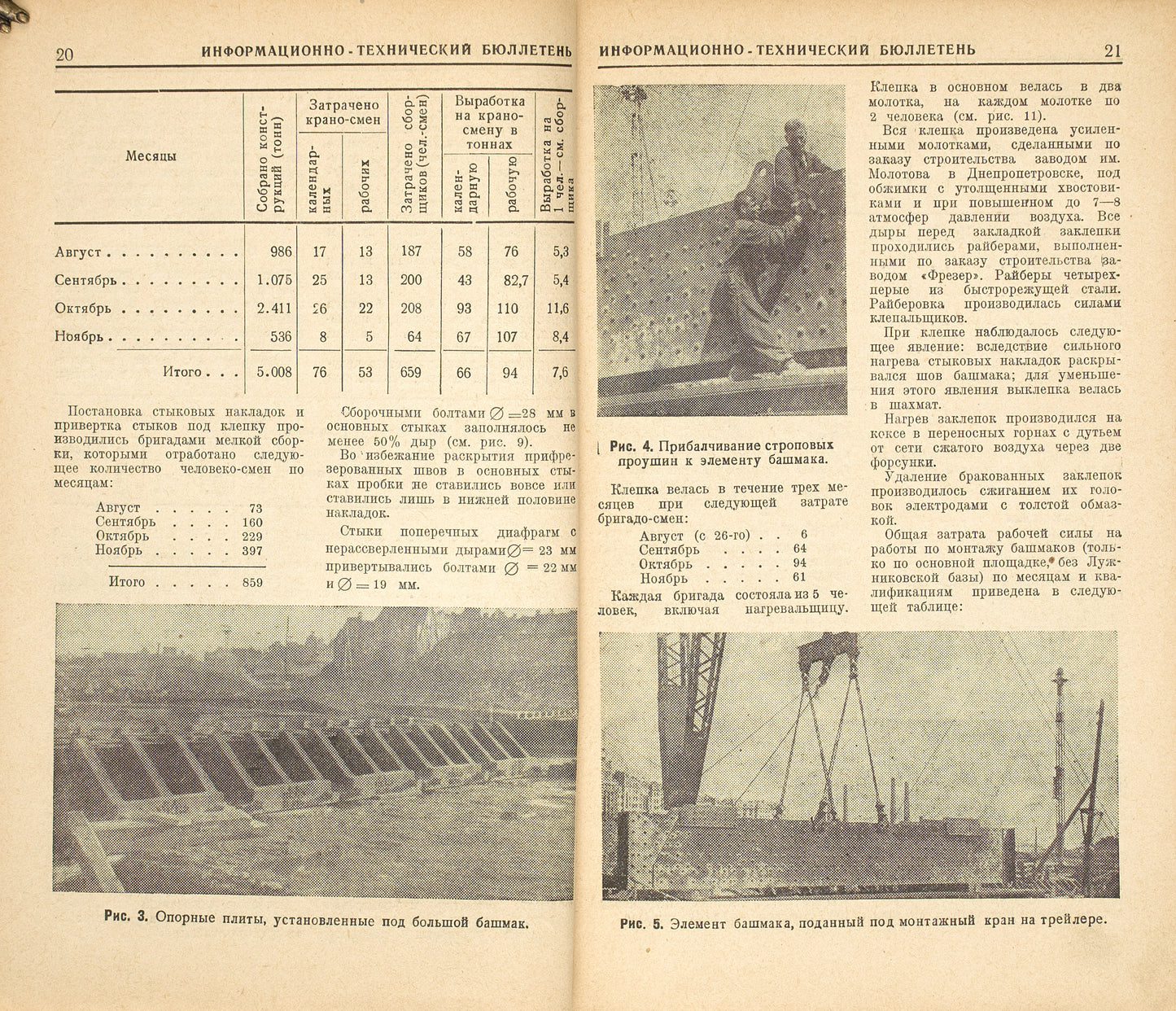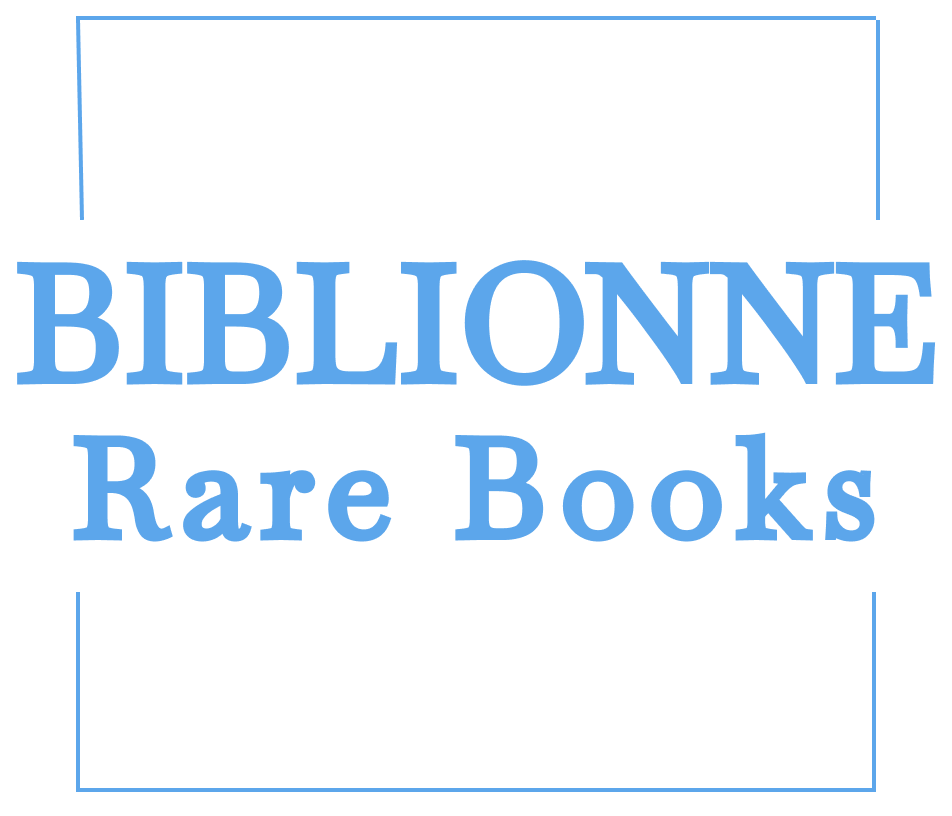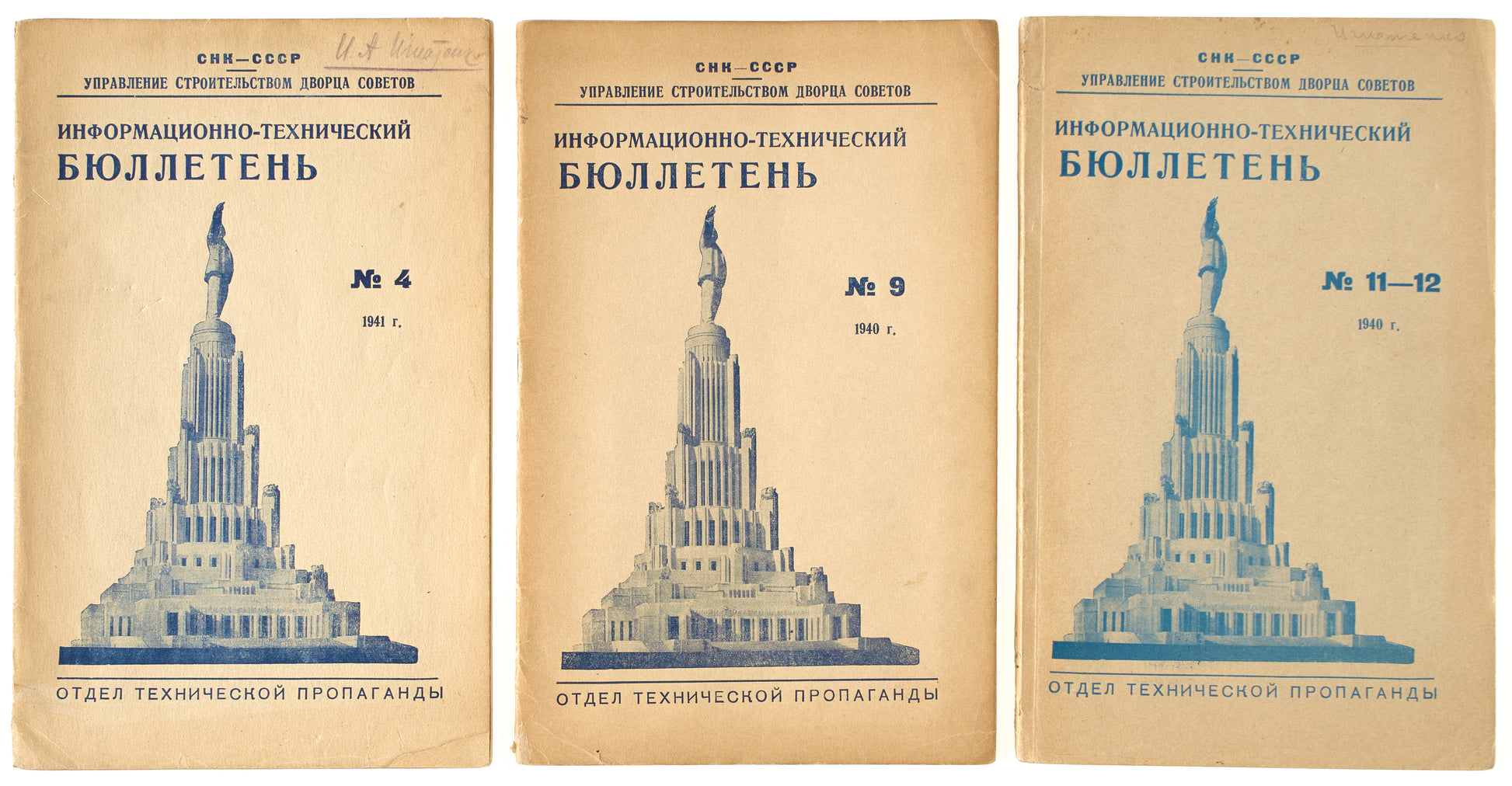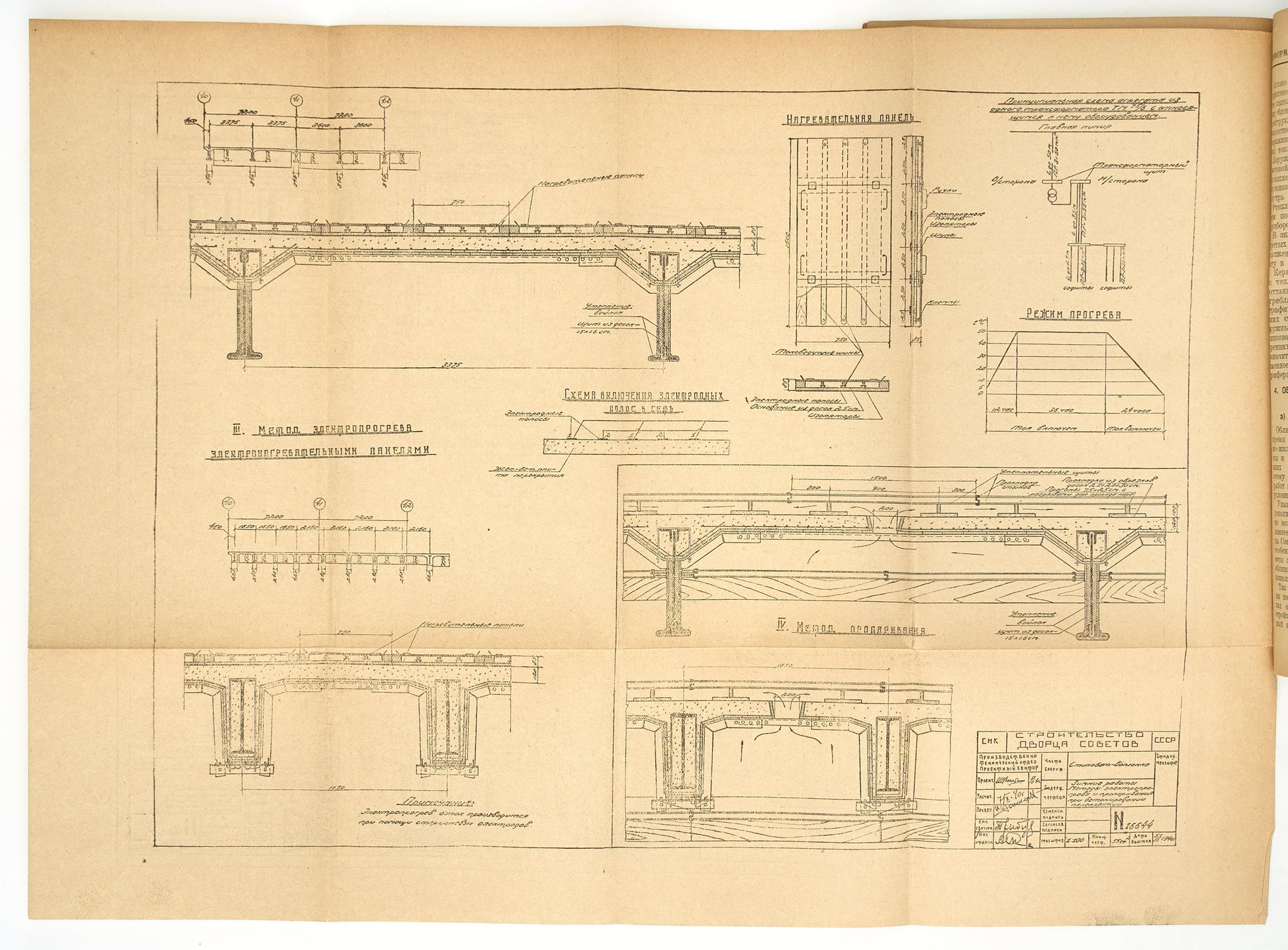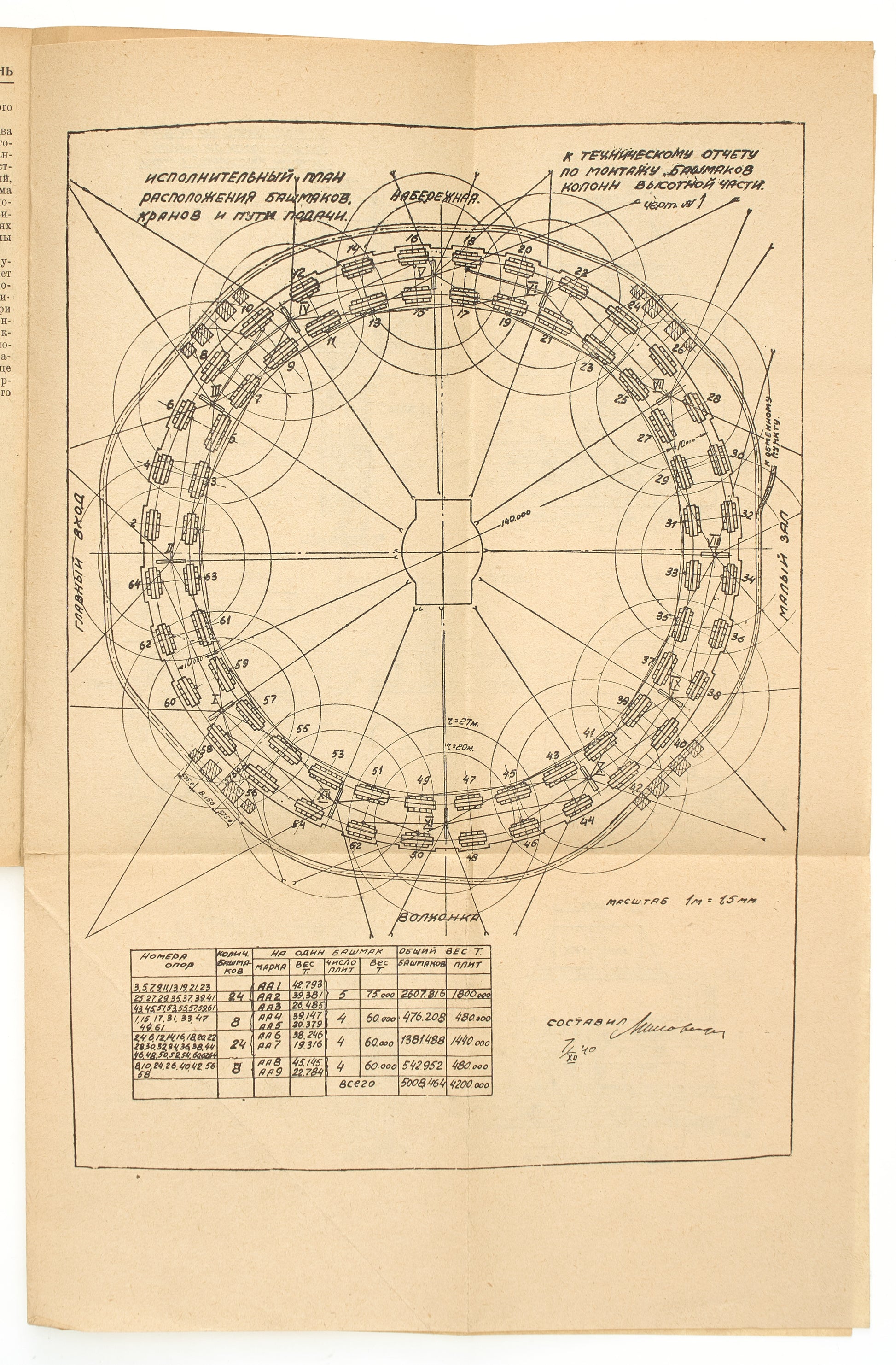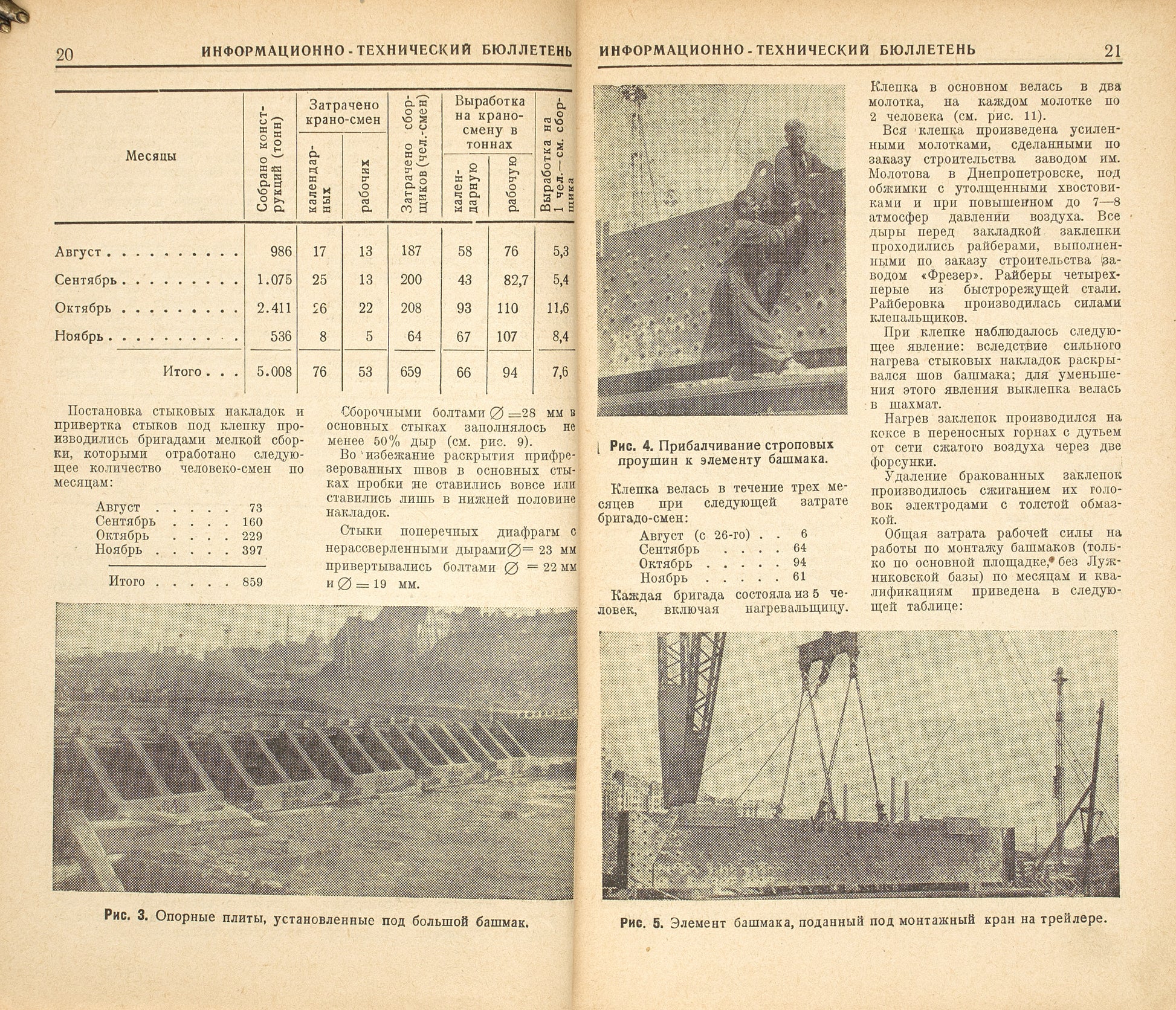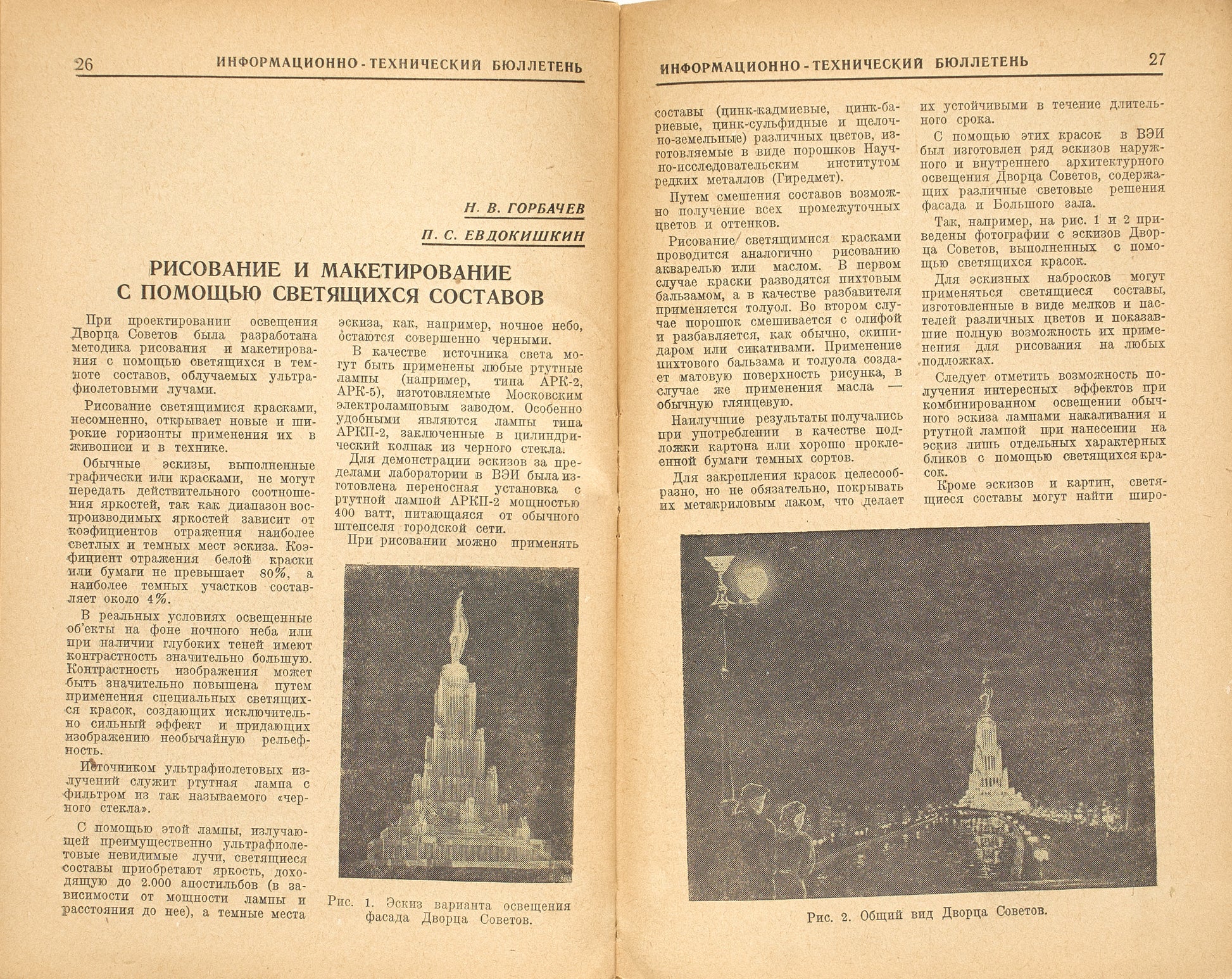Information-Technical Bulletin. Management of the Palace of Soviets Construction. Rare 'not for sale' issues for specialists.
Information-Technical Bulletin. Management of the Palace of Soviets Construction. Rare 'not for sale' issues for specialists.
Couldn't load pickup availability
[Information-Technical Bulletin. Management of the Palace of Soviets Construction]. Informatsionno-Tekhnicheskiy bulleten'. Upravlenie stroitel'stvom Dvortsa Sovetov. No. 9, 11-12 (1940), 4 (1941).
[Moskva], Otdel tekhnicheskoy propagandy, 1940-1941.
8vo, No. 9, 1940. 32 pp., ill., 1 folded leave of plates; No. 11- 12, 1940: 64 pp., ill., 2 folded leaves on plates; No. 4, 1941: 32 pp., ill., 1 folded leave of plates.
In original pictorial wrappers.
In good condition, lightly browned cover, carefully repaired.
Rare 'not for sale' issues for specialists. One of 250 (No. 9) and 500 (No. 11-12 and 4) copies published.
On the orders of Joseph Stalin, one of Moscow's most famous landmarks, the Cathedral of Christ the Savior, was demolished in December 1931. The demolition was carried out to make way for the colossal Palace of the Soviets. This structure, intended to be the largest and tallest in the world, was envisioned as a symbol of socialism's triumph, representing a new era for the country. On one hand, it was designed as a new temple dedicated to the revolution and Vladimir Lenin, a new Soviet icon. On the other hand, it symbolized Soviet power and the determination to surpass America.
The Palace of Soviets project underwent significant changes during the four stages of the competition (1931-33) and in subsequent revisions. Architect Boris Iofan won the architectural contest, but the design was later modified by Iofan, Vladimir Shchuko, and Vladimir Gelfreykh to resemble a skyscraper. Construction commenced in 1937, with an expected completion date of 1942. The steel frame installation was underway when the German invasion began.
These bulletins were prepared by the Construction Management of the Palace of the Soviets and were distributed among professionals. The bulletins focused on the construction progress, covering topics such as winter construction methods, granite and marble mining, escalator and elevator planning, column shoe installation, land surveying equipment, canalization system, facade lighting, and more.
During World War II, when the Nazis occupied the Donbass region, the heart of the Soviet coal industry, part of the steel skeleton of the palace was dismantled and repurposed for fortifications and bridges. Construction was never resumed. In 1958, the foundations of the Palace were transformed into the Moskva Pool, the world's largest open-air swimming pool.
The Cathedral of Christ the Savior was eventually rebuilt between 1995 and 2000. Many of the construction and technological innovations developed for the Palace of the Soviets found their way into the construction of Soviet skyscrapers. The Construction Management of the Palace of the Soviets oversaw two significant projects: the Moscow State University building (the tallest in Europe from 1953 to 1990) and the Ministry of Foreign Affairs building.
We possess three out of the fourteen issues published.
We couldn't trace any copy of this edition in the USA or European libraries via OCLC.
Please be advised that certain books in our collection may require an export permit for international shipping. If you are interested in purchasing such books for delivery abroad, kindly contact our staff for assistance in obtaining the necessary permit. We appreciate your understanding.
